News
German auto industry wary of EV innovations inspired by Tesla
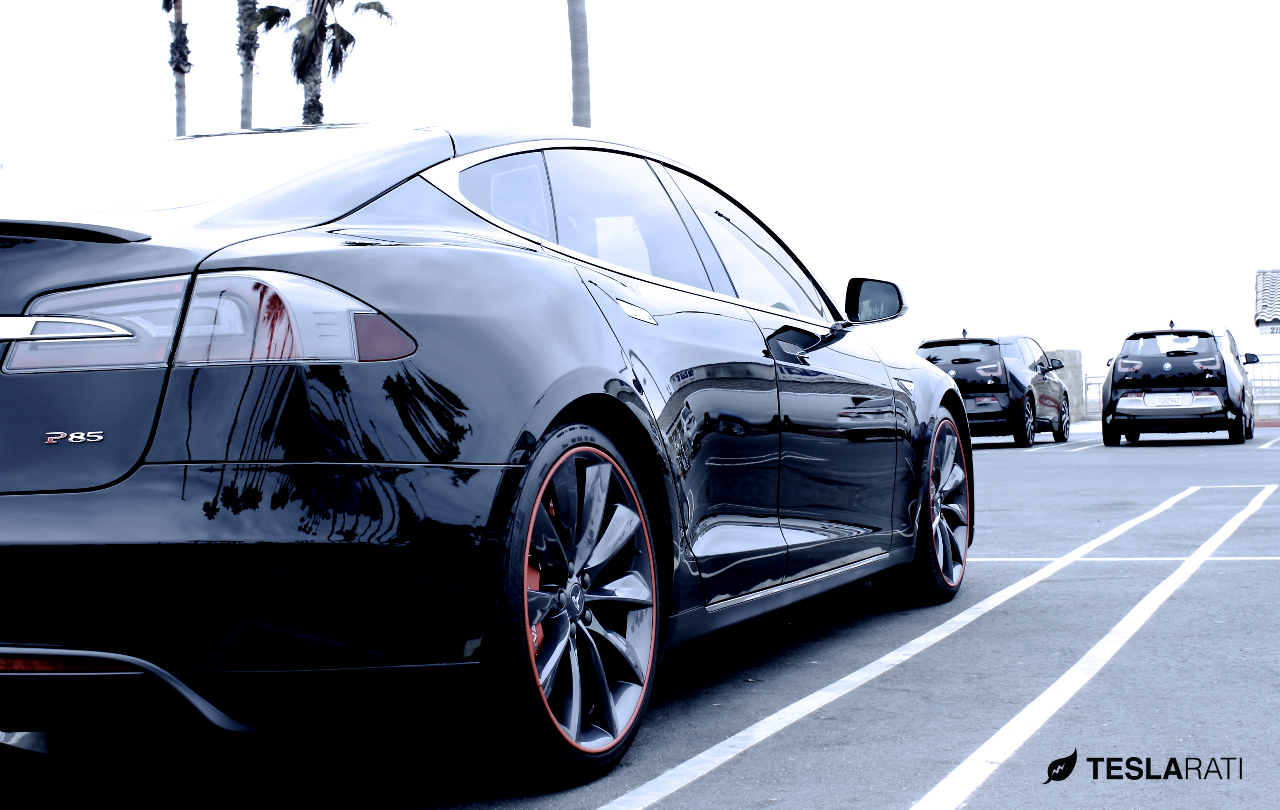
More than 300 high-ranking representatives of the German automotive industry gathered in Berlin recently to hear the President of the German Association of the Automotive Industry (VDA) express firm views that “the calls to ban combustion engines are becoming louder.”
VDA President Matthias Wissmann explained that the German automotive industry has already invested 14 billion euros in electric mobility, and, with 30 electric models in series production, it is currently one of the world’s leading providers of electric mobility. Electric mobility is an important component for achieving climate targets, reducing emissions of pollutants, and lowering CO2. The VDA expects that the country’s automotive manufacturers will more than triple the number of electric vehicle models to nearly 100 by 2020 as battery costs decline and electric ranges increase toward 500 km. That will edge closer to the distances gasoline and diesel cars can travel on a single tank.
Wissman warned that, if energy policy follows developments, both passenger cars and commercial vehicles would need to adhere to increased regulations and automakers would have to engage in some serious self-examination. “This industry is not start-up company that can constantly procure fresh funding despite persistent losses,” he said in a remark likely directed at Tesla. “Today we can imagine that in 2025, 15 to 25 percent of new passenger car registrations worldwide could be electric vehicles. The trend is accelerating – just a short while ago experts thought a share of only 3 percent was more likely. Every fourth or fifth new car sold will then have an electric drive.” Tesla, it must be noted, paid back its Department of Energy loan nine years early.
The German car industry is investing 40 billion euros in alternative drivetrains. This amount includes research and development expenditures as well as assets such as equipment and tools for production. Late last month BMW, Daimler, and the Volkswagen Group were among European automakers that signed a declaration of intent to start next year with the construction of a quick charging network for electric cars based on the CCS standard. Of course, Tesla has also joined the CharIN group, which created and promotes the CCS charging standard commonly found on the SAE-Combo plug.
The German automotive industry has recently intensified research and development activities in the fields of digitization and connected driving. Instead of having “to worry about the new competition,” Wissman said the German automotive industry aims to be right at the forefront of developments. These were more lightly-veiled references to Tesla Motors, Inc., with its Model S now performing as the best selling luxury car in Western Europe, accelerating past traditional high-status and internal combustion engine powered favorites like the Mercedes S class, BMW 7 Series, Audi A8, and Porsche Panamera. Wissman also affirmed that European automakers could not switch immediately to electric vehicles and eliminate combustion engines from their catalogs, as they employ hundreds of thousands of workers around the world – many of which build diesel and gasoline engines.
To accelerate the evolution toward innovative automotive methods, Wissman described how the German automotive industry is now working intensively on new mobility concepts that generate totally new business models. “This trend arises from a rapidly changing expectation on the part of customers, who no longer demand just a product, but instead a mobility service,” Wissmann said. “In addition, completely new players are appearing on the market, such as large IT corporations. We take this challenge seriously, and are also tackling it.”
The VDA recognizes that increased efficiency, recycling, and a reduction in emissions benefit both companies and consumers as is preserving natural resources is an integral part of national and European regulation. They note on their website that, according to figures published in the national Inventory Report of the German Environmental Agency, CO₂ emissions produced by road traffic in Germany from 1999 to 2012 dropped by about 30 million metric tons. “In the last ten years the average fuel consumption by newly registered passenger cars in the EU has been brought down by over one quarter, and CO2 emissions have fallen in parallel,” Wissman noted. “The potential has not yet been exhausted. We expect that in the next few years we can increase the efficiency of gasoline and diesel vehicles by at least another 10 to 15 percent.”
Since 2006, German road traffic CO₂ emissions have been below 1990 levels for the seventh successive year and are around 5 million metric tons less than the 1990 figure. No other Western European country has so far succeeded on a sustained basis in reducing road traffic CO₂ emissions below the level of 1990, according to the VDA. German automakers’ shifts to more fuel-efficient and carbon-reducing vehicles, however, can only help reduce these levels further.

News
Is Tesla really losing to BYD, or just playing a different game?
Tesla’s market share in China is leveling off, while BYD’s keeps rising. But is Tesla really losing—or just playing a different game?
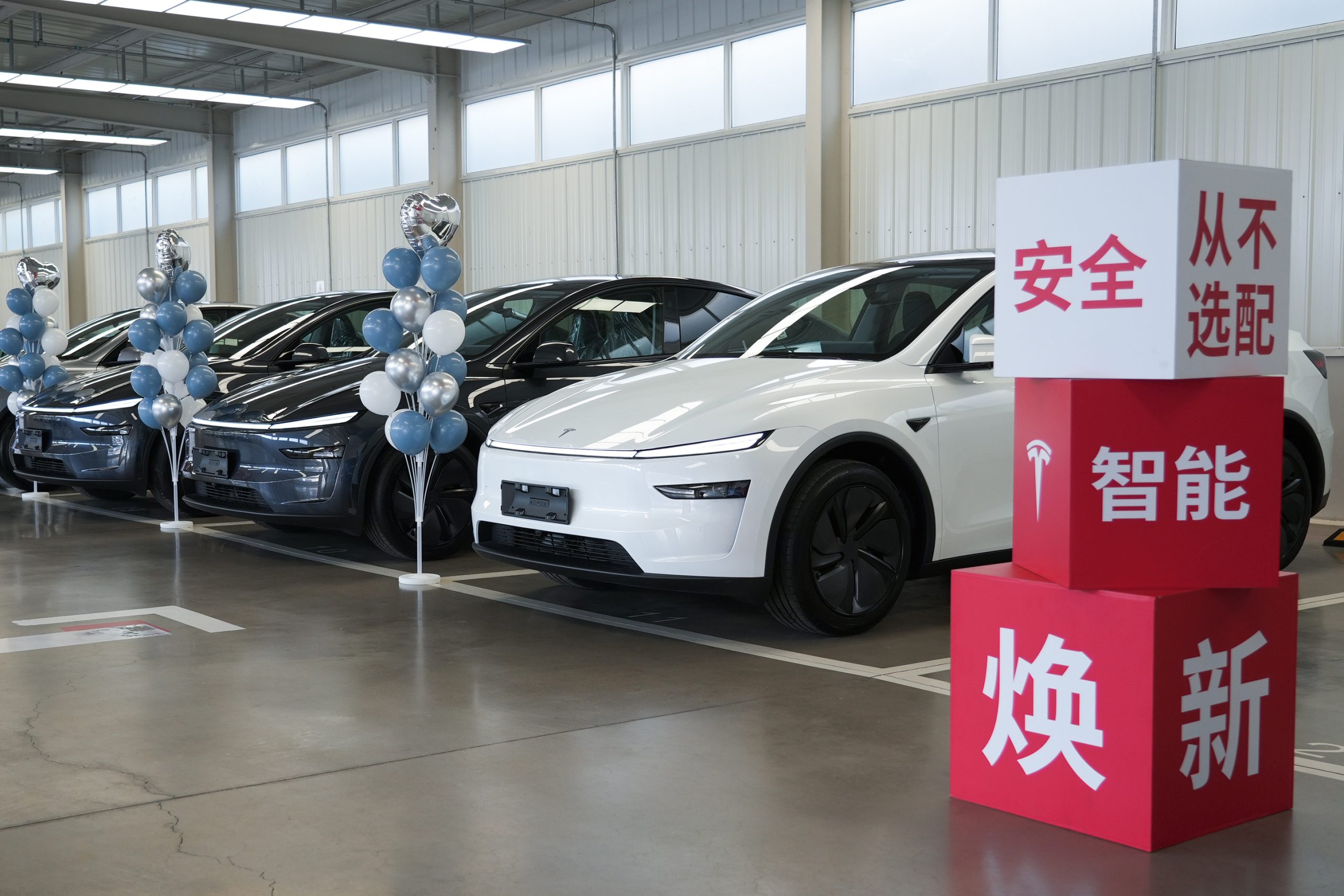
Tesla China and BYD competition is reportedly tipping toward the Chinese automaker. Many assume it is due to the Elon Musk hate seemingly spreading across the globe. However, Musk might not be that much of a factor. Plus, Tesla China might just be playing a different game.
CPCA (China’s Passenger Car Association) data shows that Tesla Giga Shanghai’s deliveries have dipped. Last month, Tesla’s shipments dropped by 49% to 30,688 vehicles, around the same levels as July 2022, when the American carmaker delivered 28,217 units.
Tesla China’s sales records are constantly compared to the country’s biggest NEV maker, BYD. While Tesla’s market share in China has been evening out, BYD’s has steadily risen.
However, it must be noted that Tesla only sells two fully electric vehicles in China. In contrast, BYD’s lineup is extensive and has varying price ranges. The Chinese automaker also offers local customers fully electric and hybrid offerings. Not to mention, BYD is a home-grown brand in China.
Tesla’s Model Y Transition
Tesla Giga Shanghai is currently retooling to prepare for the new Model Y “Juniper” production. The company is retooling multiple factories in different regions across the globe for the new Model Y, which would have impacted Tesla’s recent sales.
For some people, Tesla’s dip in sales in China and other countries is a direct result of Elon Musk’s recent political activities. However, Tesla’s sales in South Korea and the United Kingdom say otherwise. The old Tesla Model Y topped South Korea’s import sales last month. Meanwhile, the Model 3 and Model Y were the second and third best-selling cars in the UK in February–after the Mini Cooper.
Tesla’s robust sales in South Korea and the UK hint that the company’s current sales dip is not permanent and Elon Musk’s political activities will not weigh the EV automaker down in the long term.
In addition, car sales might not be Tesla’s bread and butter in the future. While Tesla’s automotive business currently makes up a big chunk of the company’s financials, its stock price has always reflected its potential as a tech company more. So in the long run, comparing Tesla to BYD would be inaccurate.
News
Tesla contract with Baltimore paused after city ‘decided to go in a different direction’
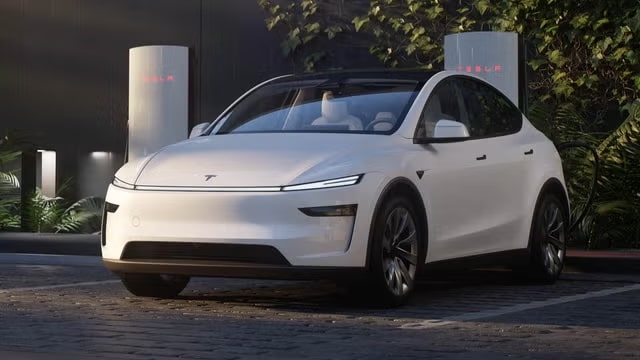
Last Summer, Tesla landed a $5 million contract with the City of Baltimore for a fleet of electric vehicles for the local government. However, Mayor Brandon Scott decided to pause that investment in September after the City “decided to go in a different direction.”
This is according to John Riggin, spokesman for the city’s Department of General Services. Riggin confirmed that the contract with Tesla has not been fulfilled, and Baltimore is going with other options for the time being:
“No Tesla units have been ordered, and none are in the City’s fleet.”
It now seems that the contract, which was set to be run until 2027, is not really a typical “contract” in the sense of the word. Riggin said the city is not obligated to spend the money for vehicles from Tesla, and that it is evaluating offerings from a variety of OEMs, including Ford and General Motors.
Tesla chosen over Ford for $5 million Baltimore City EV fleet
Riggin said the value of the contract is more of a ceiling and not necessarily an obligation to spend the committed amount in full.
The contract has not been canceled officially, but City Comptroller Bill Henry said to the Baltimore Sun that it has gone back to purchasing Mustang Mach-Es from Ford, the vehicle that was snubbed for Teslas back in July when things were initially decided.
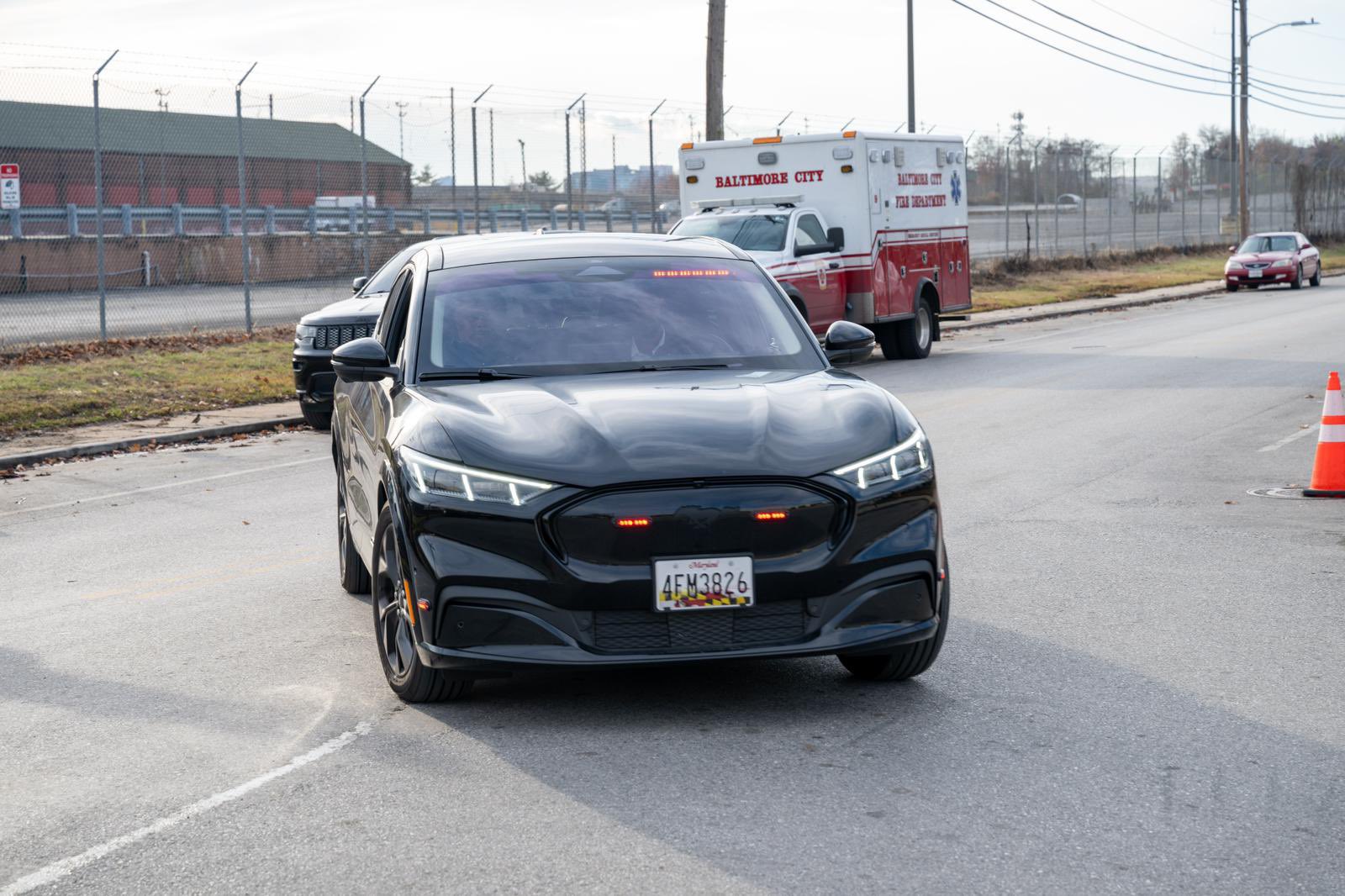
The timing of the pause is interesting, and it does not seem to have anything to do with CEO Elon Musk’s direct involvement with the Trump administration, although the EV maker’s frontman was already vocalizing his distaste for the Democratic White House run by the Biden Administration.
Baltimore has a citywide goal of achieving carbon neutrality by 2045, and has used EVs in its fleet for several years to reach that goal. It plans to electrify the city vehicle fleet by 2030.
News
Tesla at risk of 95% crash, claims billionaire hedge fund manager
Tesla stock has been extremely volatile as of late amidst souring sentiments over CEO Elon Musk’s political leanings.
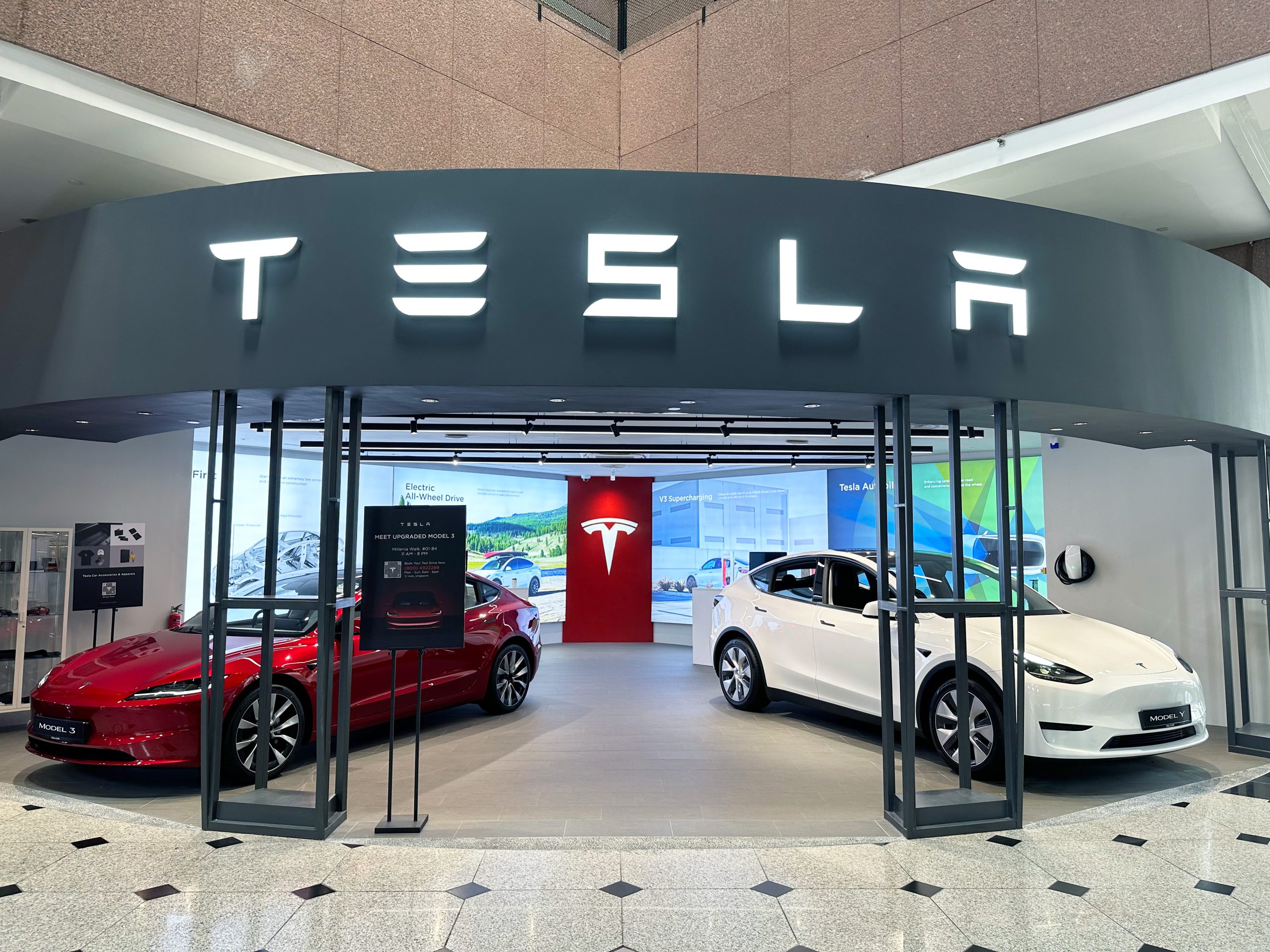
Christer Gardell, a Swedish billionaire and hedge fund manager, issued a stark warning about Tesla stock and what he believes are bubbles in the stock market. The billionaire’s insights about Tesla were shared during an interview with EFN.
Tesla stock has been extremely volatile as of late amidst controversies and souring sentiments over CEO Elon Musk’s increasingly political leanings.
Alleged Tesla (TSLA) risks
Gardell did not mince words about Tesla, stating that the electric vehicle maker’s valuation could drop as much as 95% due to the “circus” surrounding its CEO.
“Tesla, especially now with the whole Musk circus going on everywhere, is probably the most expensive stock on the global stock exchanges right now. It could go down 95% – and maybe it should go down 95%,” he said in the interview.
The Swedish billionaire sees Tesla as fundamentally a car company. Thus, he does not understand why the market has given the EV maker such a high value. For context, the Tesla story has been changing in recent years, with the company growing its energy business and delving into AI and robotics.
Gardell Slams “Eternal Bubble“
Gardell believes the EV maker has become a poster child of sorts of a market that has become speculative, where share prices do not reflect true valuations anymore, as noted in a CarUp report. The hedge fund manager noted that in Tesla’s case, this “eternal bubble” should have burst long ago.
“I have commented that it should have burst over the past five years, but it still hasn’t. The valuation is incomprehensible,” he explained. The hedge fund manager, however, noted that once the crash happens, the decline would be dramatic.
“It’s always hard to say when. It could happen in a month, six months, a year, three years, or five years – it’s impossible to answer. Because there’s so much money dominating the stock market now, and they don’t care about the value of the shares, they speculate on price movements,” he said.
U.S. Stocks Overpriced, Europe Offers Value
Looking beyond Tesla, Gardell flagged broader risks in the U.S. stock market, which he described as significantly overvalued. “American stocks have received very large flows recently. If you look at the American stock market, it is very expensive, both from a purely absolute perspective and from a historical perspective,” he stated.
In contrast, Gardell touted European stocks as a more attractive option for investors. “And the difference between American stocks and European stocks has never been greater. Normally, European stocks have had a discount of 20%, now it is 40%. And that is too high,” he noted.
-
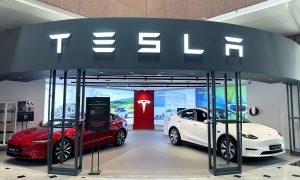
 News3 days ago
News3 days agoTesla at risk of 95% crash, claims billionaire hedge fund manager
-

 News5 days ago
News5 days agoSpaceX announces Starship Flight 8’s new target date
-
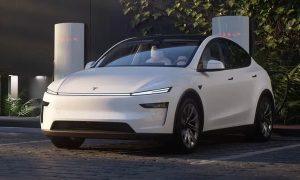
 News3 days ago
News3 days agoTesla contract with Baltimore paused after city ‘decided to go in a different direction’
-

 News6 days ago
News6 days agoTesla launches fresh U.S. promotions for the Model 3
-
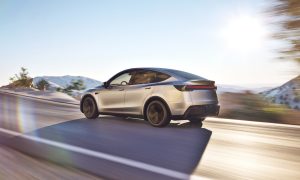
 Elon Musk7 days ago
Elon Musk7 days agoTesla mulls adding a new feature to fight off vandals as anti-Musk protests increase
-

 Elon Musk4 days ago
Elon Musk4 days agoTesla UK sales up over 20% despite Elon Musk backlash
-
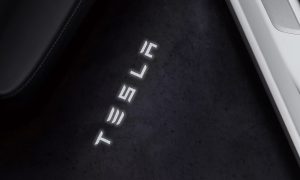
 News5 days ago
News5 days agoOne dozen Teslas burn in arson attack in France, investigation underway
-
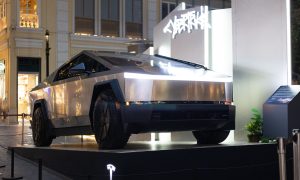
 Lifestyle4 days ago
Lifestyle4 days agoElon Musk seemingly confirms Cybertruck gift to 13-year-old cancer fighter



